Finding red patches, tiny bumps, and dry spots on the sensitive and soft skin of the baby is very alarming for new parents. Rashes and dry spots are common in infants. Knowing what causes them and how to cure them can ease your mind and reduce your worries. Most importantly, it will comfort your little one.
Let’s dive into this article that walks you through every info you must know about rashes. This includes the most common baby skin rashes, what they look like, possible causes, how to treat them at home, and when to call your pediatrician.
Why Do Babies Get Rashes So Often?
Baby skin rashes are incredibly common, in most cases, totally normal. This is because your baby’s skin is delicate and still developing. It reacts to moisture, heat, allergens, and even clothing.
Some of the most common baby rashes triggers are:
- Heat and sweat buildup
- Irritating fabrics or laundry detergent
- Allergens in the environment
- Food sensitivities or reactions
- Diaper moisture and friction
- Dry air or drool
These things can trigger the sensitive skin of your baby and may cause different types of rashes.
Common Baby Rash Types:
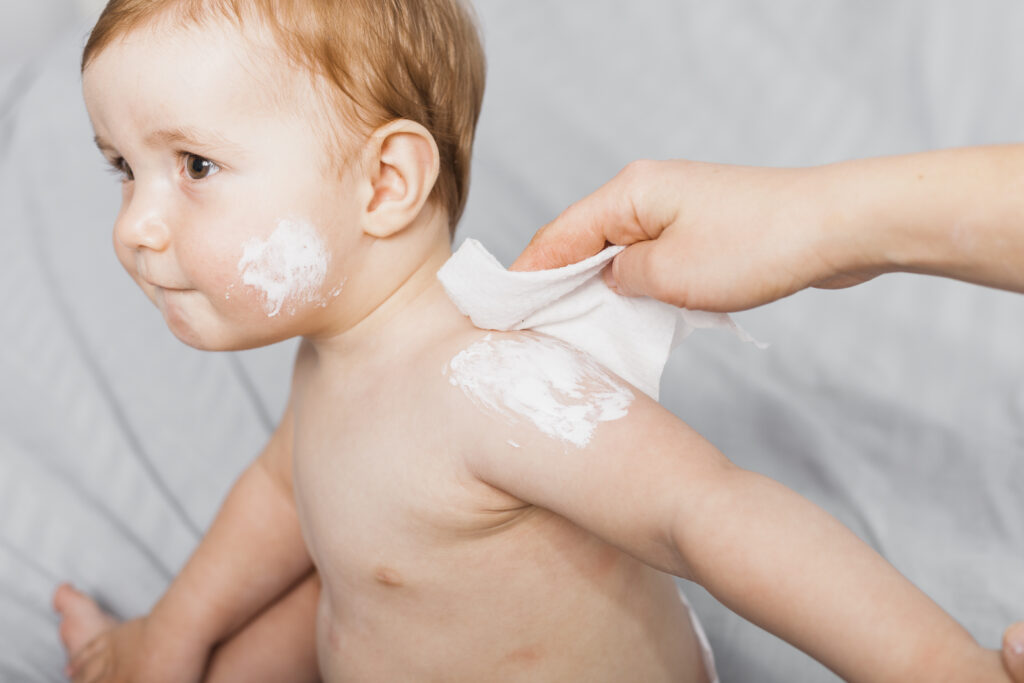
1: Diaper rash:
What it looks like: Irritated, red skin around the diaper area.
Cause: Moisture due to urine or stool, yeast infection, or chaffing.
Treatment: Allow diaper-free time. Apply a thick layer of anti-rash cream (like zinc oxide). Don’t reuse the diaper. Keep the diaper area dry.
2: Baby acne:
What it looks like: Tiny red or white spots or bumps on the face.
Cause: Hormonal changes after birth.
Treatment: There is no need for treatment. They usually clear up in a few weeks.
3: Eczema (Atopic Dermatitis):
What it looks like: Dry, rough, flaky, red patches on various parts of the body. Mostly on arms, face, or legs.
Cause: Allergies, environmental triggers, and genetics.
Treatment: Use fragrance-free moisturizers. Avoid known irritants. For flare-ups, ask your pediatrician about gentle topical treatments.
4: Heat rash (prickly heat):
What it looks like: clear and red bumps on the baby’s skin. Often on the back, underarms, or neck.
Cause: Sweating and overheating in warm weather.
Treatment: Avoid layered or tight clothing. Dress your baby in breathable fabrics. Keep your baby cool. Use prickly heat powder.
5: Drool rash:
What it looks like: Chapped skin around the chin, mouth, and neck.
Causes: Excess drooling. Occurs mostly during teething.
Treatment: Apply a gentle barrier cream. Keep skin dry. Gently clean the drool by patting (don’t rub).
6: Allergic reaction rash:
What it looks like: swelling, red raised bumps, or hives.
Cause: Reaction to medication, irritant, or food.
Treatment: Remove the allergen. Apply a cold compress. For severe reactions (like difficulty breathing), seek immediate medical attention.
7: Cradle Cap (Seborrheic Dermatitis):
What it looks like: Yellowish, oily scales on eyebrows or scalp.
Cause: Overactive oil glands.
Treatment: Wash the infected areas with mild shampoo. Massage gently with baby oil.
8: Hives:
What it looks like: swollen, itchy, red spots that appear suddenly.
Cause: Food reaction. Environmental allergens. Viral infections.
Treatment: Usually disappears within 24 hours. If they occur repeatedly, call your pediatrician.
Heat Rash vs Allergy Rash in Babies:
Heat and allergy-related rashes may appear similar and are difficult to differentiate, but they are quite different from each other.
| Feature | Heat Rash | Allergy Rash |
| Appearance | Tiny, clear, or red bumps | Red, raised, possibly itchy welts |
| Location | Neck, back, folds | Anywhere, often cheeks or torso |
| Trigger | Warmth, sweat | Food, fabric, detergent, pets |
| Duration | Short-lived (with cooling) | Lingers unless allergen removed |
| Symptoms | May be itchy or prickly | Often itchy and inflamed |
Home Remedies for Rash on Baby’s Body:
Many types of baby rashes can be treated at home using natural means. These methods can reduce irritation, redness, swelling, and promote faster healing—all without using harsh chemicals.
1: Coconut oil:
Best for: dry skin, mild eczema, and diaper rashes.
How to use: Apply a suitable amount of organic, good quality, cold-pressed coconut oil directly on the rash— after bath or diaper change. Allow the oil to absorb fully before dressing your baby.
Why is it beneficial?
Coconut oil has many anti-inflammatory and antimicrobial benefits. Moreover, it’s a natural moisturizer. It helps hydrate skin and create a gentle barrier against irritants and moisture.
2: Aloevera Gel:
Best for: Itchy skin, red patches. And heat rash.
How to use: Take pure aloe vera gel without artificial scent or color. Apply to the infected area twice a day for good results.
Why is it beneficial?
Aloe vera cools the skin and promotes healing. It’s also rich in vitamins and has anti-inflammatory effects, making it great for soothing angry rashes.
3: Breast milk:
Beast for: baby acne, Mild or diaper rash.
How to use: dab a few drops of breast milk over the rash with a clean cotton pad. Let it dry before applying other products to your baby’s skin or dressing your baby.
Why is it beneficial?
Breast milk contains natural antibacterial properties and antibodies that help reduce swelling and heal skin.
4: Cornstarch powder:
Best for: Moisture-related rashes around diaper areas or skin folds.
How to use: Dust cornstarch on a dry, clean area of skin. Avoid inhalation. Don’t use it if the rash is caused by a yeast infection.
Why is it beneficial?
Cornstarch absorbs moisture and reduces friction. Moisture and friction are two key causes of rashes.
Oatmeal Bath:
Best for: calming irritated, itchy, or inflamed baby skin caused by eczema, heat rash, or allergic reactions.
How to Use: Moisten the bath pack. Use it like a washcloth on the skin.
Why is it beneficial?
An oatmeal bath soothes baby rashes by reducing inflammation, relieving itchiness, and forming a natural barrier to protect sensitive skin.
Calendula Cream or Infusion:
Best for: soothing diaper rash, eczema, heat rash, and minor skin irritations
How to use: Apply to the whole diaper area after careful cleaning at every diaper change.
Why is it beneficial:
Calendula cream or infusion helps soothe baby rashes with its natural anti-inflammatory and healing properties, making it ideal for calming redness, irritation, and mild eczema.
Apple Cider Vinegar (Diluted):
Best for: treating yeast-related rashes, fungal infections, and mild allergic skin reactions.
How to use: Mix 1 tsp of apple cider vinegar with 1 cup of water and gently dab on rash (not open wounds).
Why is it beneficial:
Apple cider vinegar (diluted) is beneficial because it helps kill bacteria and fungi, reduce inflammation, and restore the skin’s natural pH, making it useful for soothing certain types of rashes and preventing infection.
Every Day Tips to Prevent Baby Skin Rashes:
- Change the diaper frequently and don’t reuse it.
- Use anti-rash cream.
- Dress your baby in breathable and comfortable fabrics.
- Avoid strong scented lotions, laundry detergent, and soaps.
- Keep the baby’s skin dry, especially around the eyes and folds.
- Avoid layering clothes in warm weather.
- Introduce new food products gradually to test potential allergens.
Using these tips can go a long way in preventing and comforting your baby from rashes and other allergies. Consistency in skin care makes a lot of difference.
Frequently Asked Questions:
1: When should I worry about rashes on my baby’s skin?
See a doctor, if rashes are accompanied by:
- Fever.
- Oozing pus.
- It quickly spreads to other areas of the skin.
- The baby usually seems fussy or lethargic.
2: Can certain fabrics cause rashes on the skin?
Yes. Rough, sticky, and synthetic fabrics can irritate a baby’s skin. Stick to soft, flexible, and breathable cotton clothes. It’s better to wash fabrics with fragrance-free detergent.
3: How long does it take for a baby rash to go away?
Most minor rashes improve within a few days to a week with proper care. Persistent rashes may require medical evaluation.
4: Are baby rashes contagious?
Not all, but some are. Rashes caused by viral or fungal infections can be contagious, while heat rashes or eczema are not.
5: Can seasonal changes cause skin rashes in a baby?
Yes. Hot, humid weather can cause heat rashes, while dry winter air can trigger eczema. Proper clothing and moisturizing help manage these seasonal changes.
Mostly, baby rashes are harmless and temporary. Considering the types of rashes and using preventions on their bases is all it takes.If you feel a little severity in rashes, trust your instincts and consult your doctor. Love, care, knowledge, and home remedies can help your baby regain the soft skin in no time.

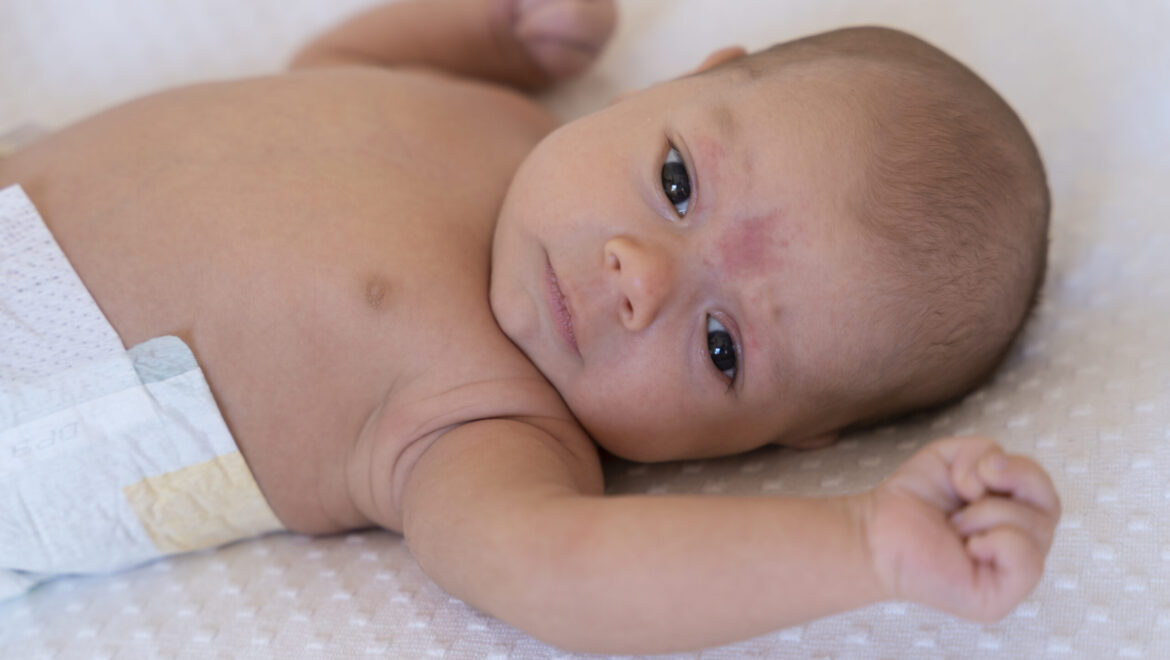
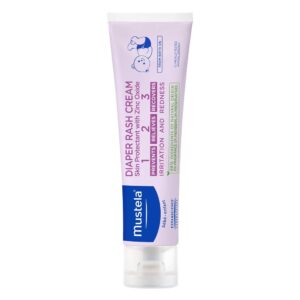
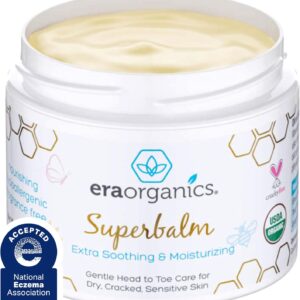
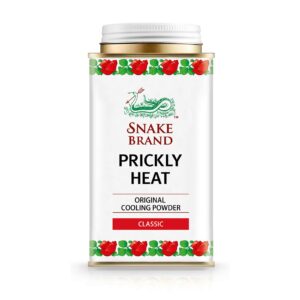

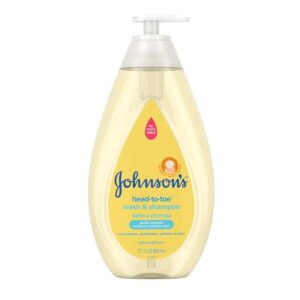
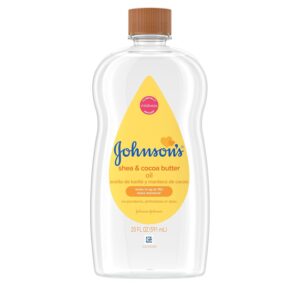
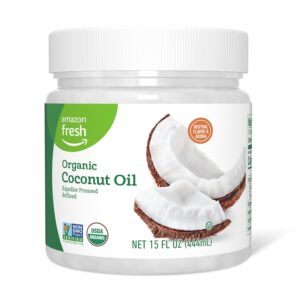
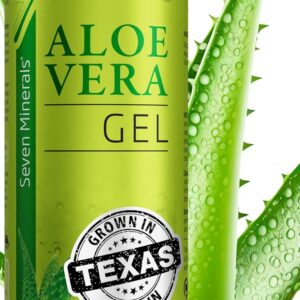

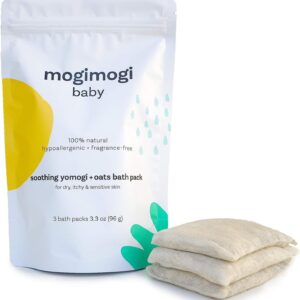
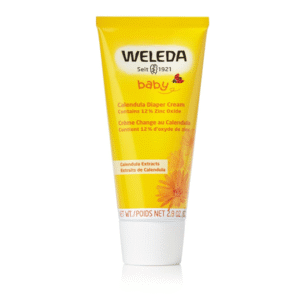
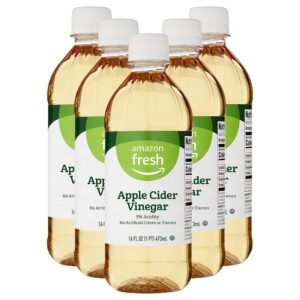
Add Comment